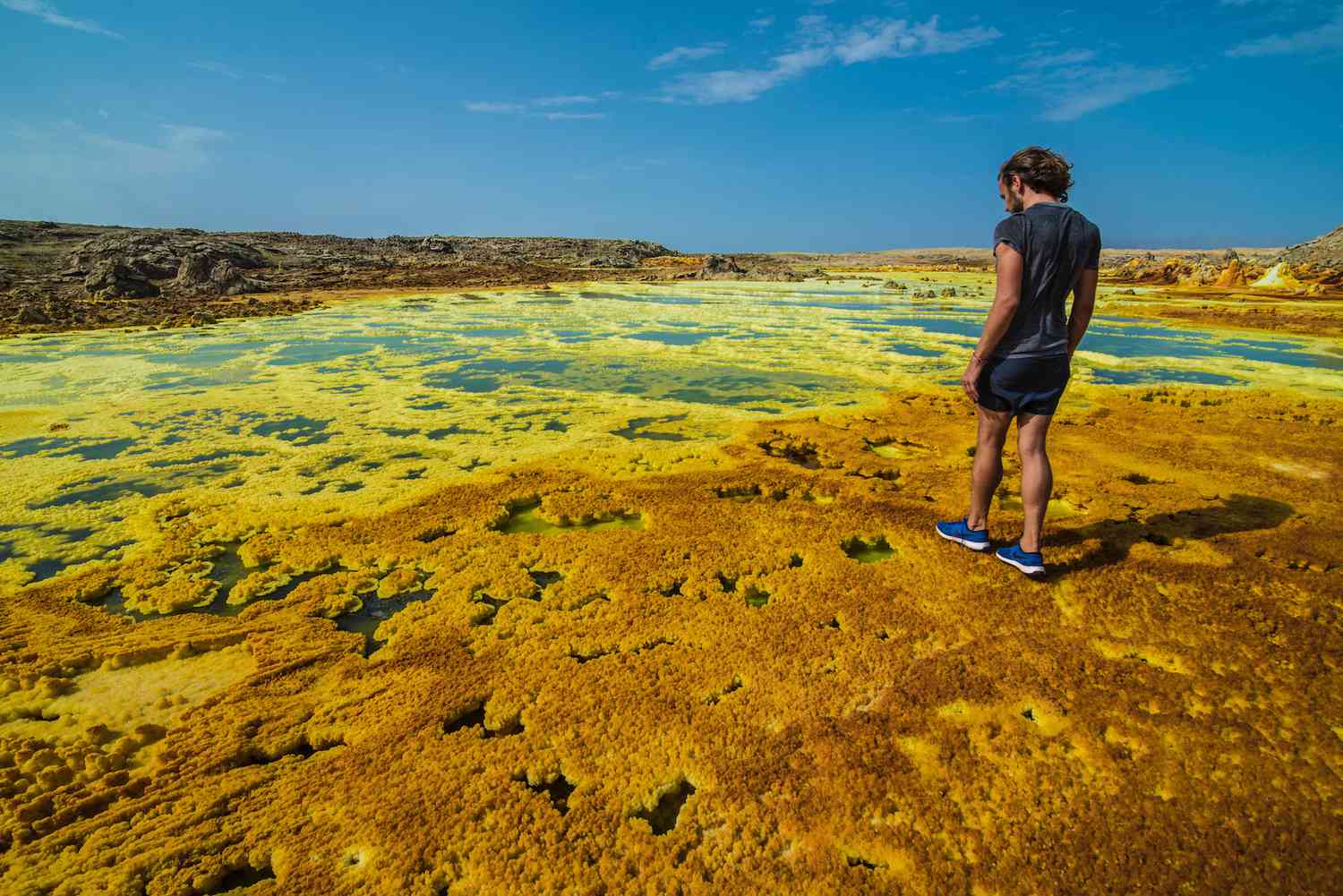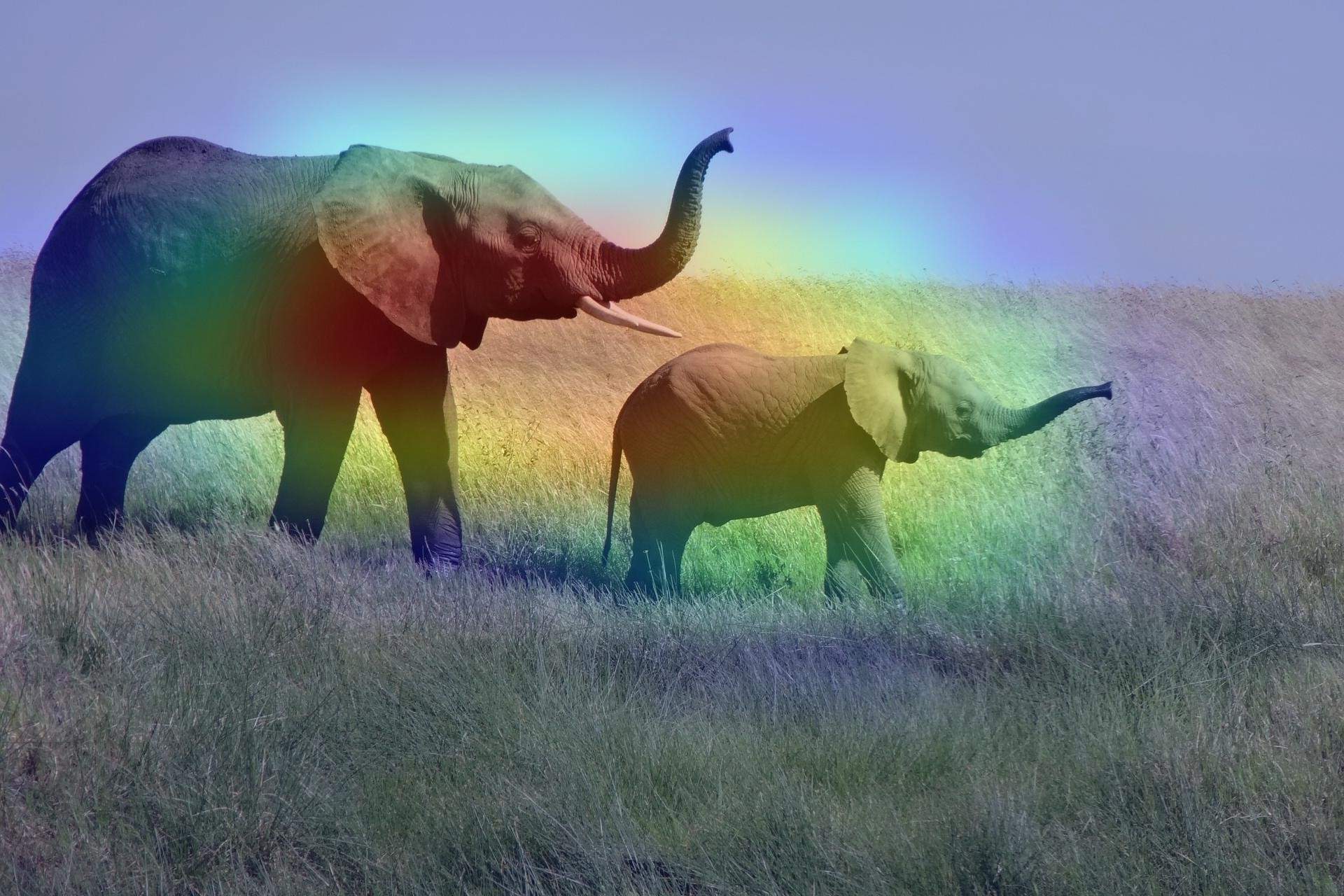
Dallol, Ethiopia is one of the most extreme places on Earth. Located in the Danakil Depression, this area is known for its scorching temperatures, vibrant colors, and unique geological formations. Did you know that Dallol holds the record for the highest average annual temperature ever recorded? With temperatures often soaring above 100°F, it's no wonder this place is often called the "hottest inhabited place on Earth." But there's more to Dallol than just heat. The landscape is dotted with salt flats, sulfur springs, and acid pools, creating a surreal, almost alien environment. Curious about what makes this place so unique? Let's dive into 35 fascinating facts about Dallol, Ethiopia, that will leave you amazed and intrigued.
Key Takeaways:
- Dallol, Ethiopia, is the hottest place on Earth with temperatures reaching over 120°F. Its colorful landscapes and extremophiles make it a unique destination for scientists and adventurous tourists.
- The Afar people have lived in Dallol for centuries, adapting to its extreme environment and practicing salt mining. However, the fragile ecosystem faces threats from human activity and climate change.
The Hottest Place on Earth
Dallol, Ethiopia, holds the title for being one of the most extreme environments on the planet. This unique location is known for its scorching temperatures and otherworldly landscapes.
- Dallol has the highest average annual temperature for an inhabited place on Earth, reaching around 94°F (34.4°C).
- Temperatures can soar to over 120°F (49°C) during the hottest months.
- The area is part of the Danakil Depression, one of the lowest and hottest places on Earth.
- Dallol's extreme heat is due to its location below sea level and its proximity to the equator.
Unique Geological Features
The landscape of Dallol is unlike any other, featuring vibrant colors and unusual formations created by volcanic activity and mineral deposits.
- Dallol is home to numerous hot springs that produce colorful salt formations.
- The area features hydrothermal vents that release acidic fluids, creating bright yellow, green, and white deposits.
- The Dallol volcano is a volcanic crater located in the region, formed by a phreatic eruption.
- Sulfur, iron oxide, and other minerals contribute to the vivid colors seen in Dallol's landscape.
A Harsh Environment for Life
Despite its extreme conditions, Dallol is not completely devoid of life. Some microorganisms have adapted to survive in this harsh environment.
- Extremophiles, microorganisms that thrive in extreme conditions, can be found in Dallol.
- These microorganisms have adapted to high temperatures, acidity, and salinity.
- Scientists study these extremophiles to understand how life might exist on other planets with similar conditions.
- The harsh environment makes it difficult for larger plants and animals to survive in Dallol.
Historical and Cultural Significance
Dallol has a rich history and cultural significance, particularly for the Afar people who inhabit the region.
- The Afar people have lived in the Danakil Depression for centuries, adapting to the extreme environment.
- Salt mining has been a traditional occupation for the Afar people, who extract salt from the area's salt flats.
- Caravans of camels transport the mined salt to markets in Ethiopia and beyond.
- The name "Dallol" means "dissolution" or "disintegration" in the Afar language, reflecting the area's geological activity.
Scientific Research and Exploration
Dallol's unique environment attracts scientists and researchers from around the world who study its geology, biology, and climate.
- Researchers study Dallol to understand the processes that create its unique geological features.
- The area serves as a natural laboratory for studying extremophiles and their potential applications in biotechnology.
- Dallol's conditions are similar to those found on Mars, making it a valuable site for astrobiology research.
- Scientists use Dallol to test equipment and techniques for future Mars missions.
Tourism in Dallol
Despite its extreme conditions, Dallol attracts adventurous tourists who are eager to experience its unique landscapes.
- Guided tours take visitors to the most striking features of Dallol, including the colorful hot springs and salt flats.
- The best time to visit Dallol is during the cooler months from November to March.
- Tourists must be prepared for the harsh conditions, including extreme heat and limited facilities.
- Dallol's remote location requires careful planning and coordination for a safe visit.
Environmental Concerns
The fragile environment of Dallol faces threats from human activity and climate change.
- Increased tourism can lead to environmental degradation if not managed sustainably.
- Salt mining practices can impact the delicate balance of the ecosystem.
- Climate change may exacerbate the already extreme conditions in Dallol.
- Efforts are being made to promote sustainable tourism and conservation in the region.
Fascinating Facts
Here are some additional intriguing facts about Dallol that highlight its uniqueness.
- Dallol is one of the few places on Earth where you can find natural acid pools with a pH as low as 0.
- The area is often compared to the surface of Io, one of Jupiter's moons, due to its colorful and volcanic landscape.
- The Dallol volcano last erupted in 1926, creating the current crater and hydrothermal features.
- The region's salt flats are so vast that they can be seen from space.
- Dallol's unique environment has been featured in numerous documentaries and scientific studies.
- The area is considered one of the most remote and inhospitable places on Earth.
- Despite its harsh conditions, Dallol continues to captivate scientists, adventurers, and tourists alike.
Final Thoughts on Dallol, Ethiopia
Dallol, Ethiopia, stands out as one of the most fascinating places on Earth. Known for its extreme temperatures and unique geological features, this area offers a glimpse into the power of nature. The colorful hydrothermal deposits and acidic hot springs create a landscape that seems almost otherworldly. Despite its harsh conditions, Dallol has a rich history and cultural significance. From being one of the hottest inhabited places to its mineral-rich environment, Dallol is a testament to the resilience of life and the wonders of our planet. Whether you're a geology enthusiast or just curious about extreme environments, Dallol offers insights that are both educational and awe-inspiring. This remarkable place reminds us of the diverse and dynamic nature of Earth, making it a must-know for anyone interested in natural wonders.
Frequently Asked Questions
Was this page helpful?
Our commitment to delivering trustworthy and engaging content is at the heart of what we do. Each fact on our site is contributed by real users like you, bringing a wealth of diverse insights and information. To ensure the highest standards of accuracy and reliability, our dedicated editors meticulously review each submission. This process guarantees that the facts we share are not only fascinating but also credible. Trust in our commitment to quality and authenticity as you explore and learn with us.


